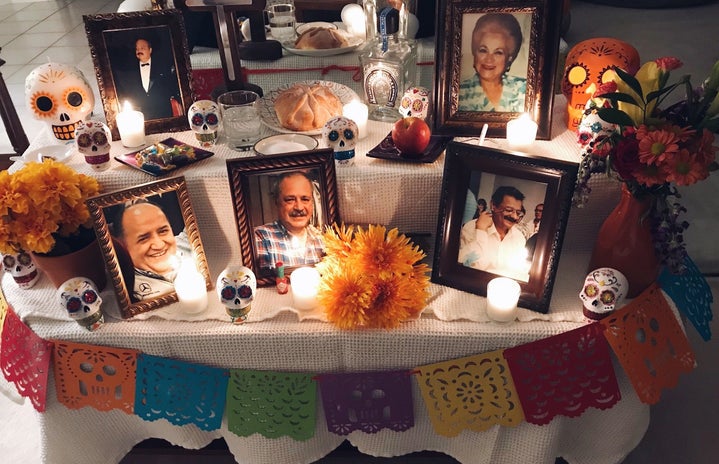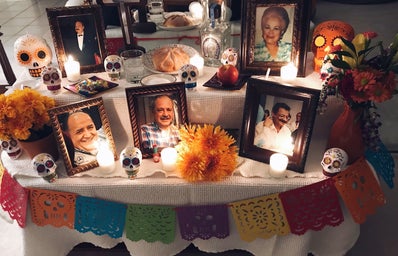My mother was sitting on the curb in front of my house under the lit streetlights. I saw her pace the pavement back and forth while on the phone before she slumped down on the wet cement, palming her hand on her forehead. That’s when I knew my Abuela had left this Earth.
The last time I saw my Abuela was in 2016. I remember seeing a stout woman who wobbled her way to me and my sisters at Guadalajara International Airport. She grinned brightly with her silver teeth, wrinkles hugging her eyes, and a firm grip on my hand calling me her Chiquita. I’ve only seen her a handful of times in my life since I was 1 year old, but this was different. She was slower, but still my defiant Abuelita who crocheted like no tomorrow and fed me tortillas with cheese.
“¿Quieren más niñas?”
Being a spokesperson for my shy sisters who weren’t as familiar with La Palma, I replied “Gracias, pero estamos llenas de comida!” Everyone at the table nodded in agreement.
My Abuela facing her stove turned to us with what seemed like a basket of tortillas and said, “Pues, comen más.” She then patted my sister Daniella’s stomach and said “Flaquita.” My sisters, my cousin, and I giggled while Daniella threw her hands up in the air, embarrassed.
Even though that was my last time I saw Abuela, it wasn’t for my sisters and mom. They went back the summer my Abuela had a stroke. She was still her defiant self, but she could no longer talk, only managing to utter determinant mumbles. My sister Gigi said Abuela knew she was at her end because she cried when my family left for the airport. Usually, it was all hugs and smiles, but her tears said it all. Shortly, she died a year later.
El Dia de los Muertos is the one time of the year to honor and remember my Abuela and to celebrate her life after death. Preparing our offrendas, putting out her favorite food, drinking, joining parades, and looking at our loved ones’ photos with lit candles: It’s everything to us.


